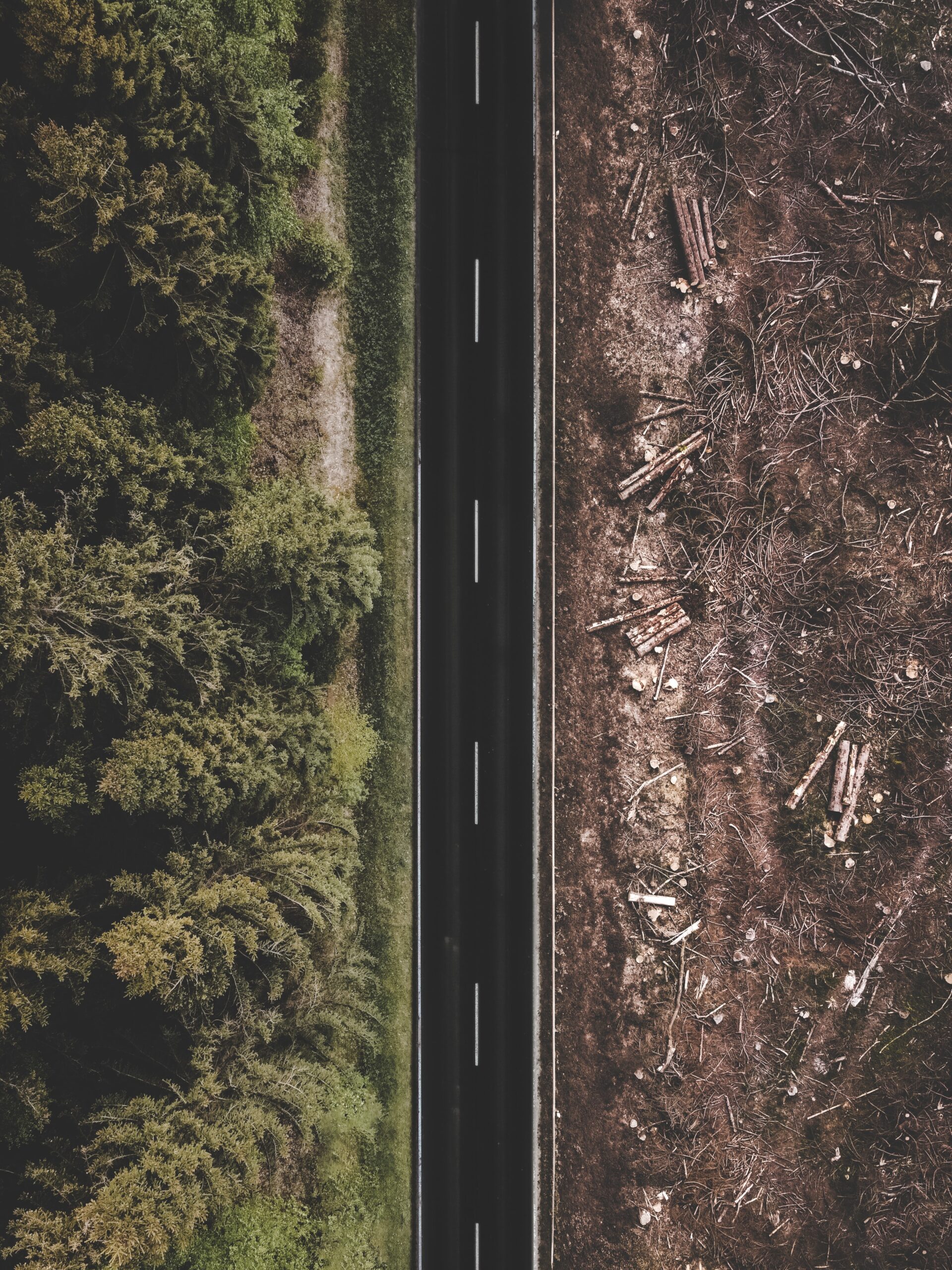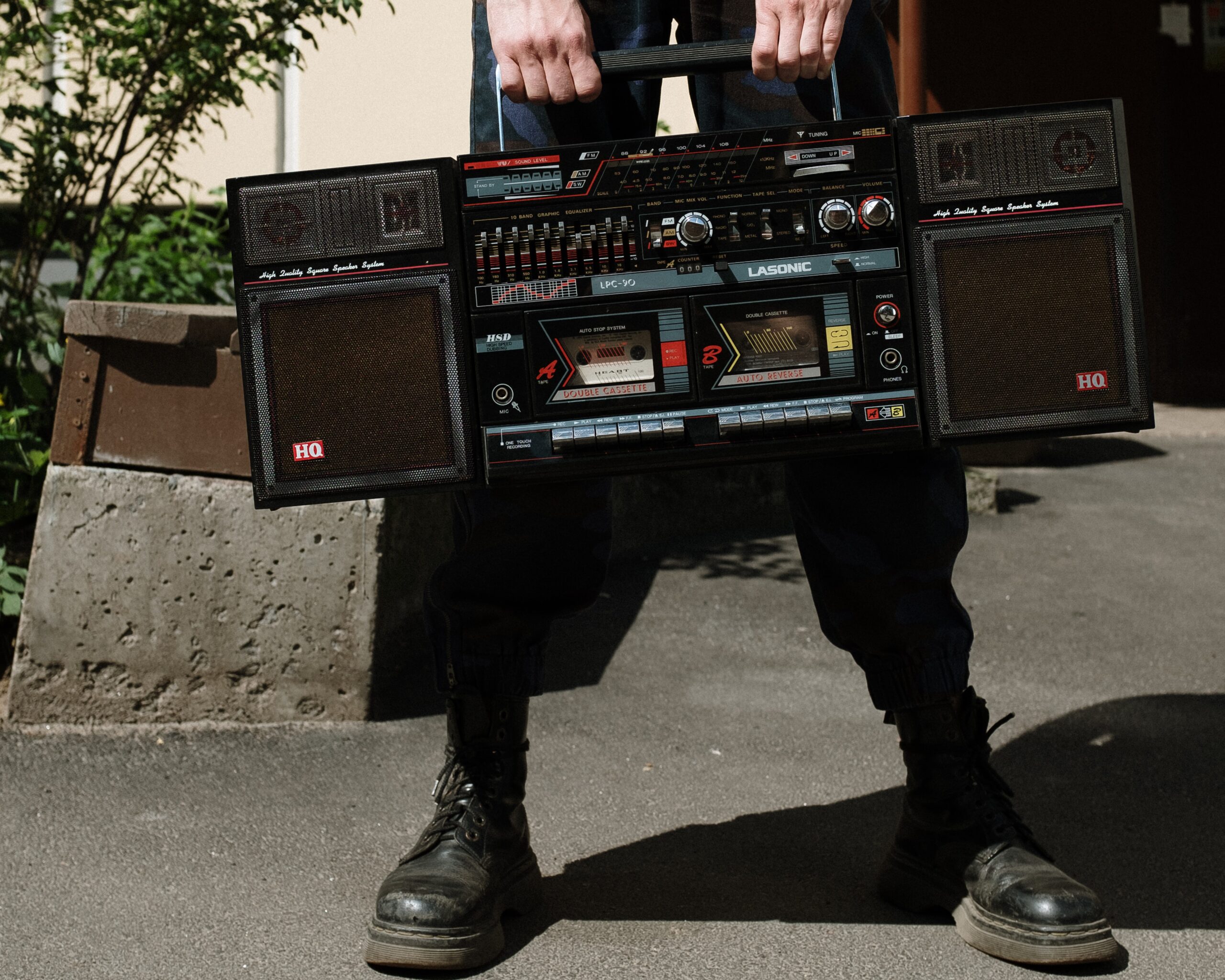TAKING A GOOD LOOK AT FAST FASHION
Date
- Published January 1st, 2020
‘Nature provides a free lunch, but only if we control our appetites’
William Ruckelshaus
Fast fashion has sincere consequences for future generations of our natural environment and human kind. As the second most polluting industry in the world, fast fashion thrives on cheap prices, lower quality materials and large volumes of sales. Mass production has taken over unapologetically, leading consumers to an altered mindset, where impatience and speed are not mutually exclusive, and consumerism is a typical behaviour. People keep buying new products, because of a desire to have what you don’t have. Historically, there were two fashion seasons per year, nowadays the amount of fashion seasons has even risen up to fifty-two.
According to a McKinsey analysis, the average consumer buys 60% more clothes per year than 15 years ago, but keeps the clothes only half the time. Even more, less than half of used clothes are collected for reuse or recycling when they are no longer needed, and only 1% of that amount is actually recycled into new clothes.
Although the opportunities for investing in circular business models are widely available, current investment methods do not match the needs of these unique businesses. To finance these business models both companies as well as the financial sector need to adapt.
There are ways to resolve this ongoing, damaging problem, however the true power lies with the people. Everyone needs to be involved in reducing consumption, to have a positive impact for the good of the planet. Businesses have the soft option to invest in circular fashion, also known as creating ‘ closed loop’ systems, which focuses on designing products in a way that would make re-use and recycling easier. In short, implementing closed loop systems would mean that a strategy for circular product design is identified, and that eventually products are circulating within society for as long as possible. After optimal use by consumers, value must be recovered through redistributing, refurbishing or recycling. If discarded textiles were to be reused, it would limit an amount of 20 tonnes of CO2 entering the atmosphere. This way, apparel goods are used to a greater extent, and are being valued for their ultimate worth. Besides, the impact on the environment is minimized, waste generation is reduced and there is a more efficient use of water, energy and other resources in production. For every 1,000 tonnes that is collected, even 22 jobs are created.
Furthermore, more and more organizations concern themselves with the renting business model, and/or second hand commerce, where fashion is seen as a service. Committing to transparency and raising consumer awareness also contributes to the benefit of nature. Moving on, customer shopping experiences should revolve around convincing people to buy fewer clothes of better quality, so that consumers keep their garments longer in their closet, and not discard them before being worn-out. In today’s world, fast fashion twirls around overconsumption, while slow fashion is about buying what you need, instead of buying what you want. By opting for slow fashion, you reduce the waste produced, lower your carbon footprint, support fair wage and safe working conditions, save water and reduce exposure to toxic chemicals. Did you know that, on average, clothing pieces are worn only 7 times before being discarded, and each garment lasts for about 3 years before being discarded?

So, what can you do to keep your wardrobe assorted and exciting?
- Swap events
- Buy less, or if you must buy higher quality and/or buy preowned and visit the thrift shop
- Rent garments
- Repair, repurpose and/or DIY and upcycling (make cleaning cloths from old tees, headbands from old tops, etc)
- Mix and match seasonal and timeless items
HOW DO YOU DISPOSE THE CLOTHES YOU DON’T WEAR ANYMORE?




